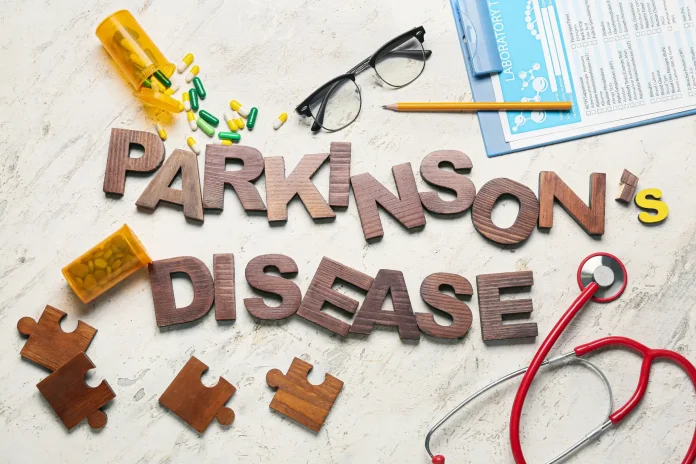What causes Parkinson’s disease, a neurodegenerative disorder affecting millions worldwide, is a question that has disturbed many brilliant minds. After years of research, scientists might be closer to answering this question; it originates outside the brain, according to a new hypothesis gaining attention in the scientific community. This theory suggests environmental toxins inhaled through the nose or ingested through the gut could be the root cause of the disease.
What Causes Parkinson’s Disease?
For over 20 years, scientists have debated the origin of the toxic proteins associated with Parkinson’s. In 2003, Dr. Heiko Braak proposed the disease might begin outside the brain. Recent research by Dr. Per Borghammer and colleagues further explored this concept, suggesting Parkinson’s could start either in the brain’s smell center (brain-first) or the gut (body-first).
A new study on Parkinson published in the Journal of Parkinson’s Disease on World Parkinson’s Day builds upon these existing models. Authored by Dr. Borghammer and including Dr. Ray Dorsey, the paper proposes a link between these brain-first and body-first models and environmental toxins. They hypothesize that specific inhaled toxins, like pesticides and air pollution, might contribute to the brain-first model. In contrast, ingested toxins from contaminated food or water could be linked to the body-first model.
“This theory strengthens the idea that Parkinson’s, a rapidly growing brain disease, could be largely preventable due to environmental triggers,” says Dr. Dorsey, highlighting the potential impact of this new perspective.
For decades, scientists have focused on a protein called alpha-synuclein, believed to be a key player in Parkinson’s progression. This protein is produced in the brain, forming clumps called Lewy bodies, ultimately leading to nerve cell death. The new hypothesis suggests environmental toxins, particularly dry cleaning chemicals and herbicides, could trigger the formation of these toxic alpha-synuclein aggregates.
Related: Vitamin B3 and NAD+ Helps Controlling Parkinson’s Disease
The study cites trichloroethylene (TCE), perchloroethylene (PCE), paraquat, and air pollution as potential culprits. TCE and PCE are common contaminants at former industrial sites, while paraquat remains a widely used herbicide despite safety concerns. Notably, air pollution levels were particularly high in 19th-century London when James Parkinson first described the disease.
2 Separate Approaches to the Study
The new models propose distinct pathways for inhaled and ingested toxins. Inhaled toxins might enter the brain through the olfactory nerve, which is responsible for the smell. From the smell center, alpha-synuclein could spread to other brain areas, primarily on one side, causing characteristic symptoms like asymmetric tremors and slowness of movement. Additionally, cognitive decline might occur later in the disease progression.
Ingested toxins, on the other hand, might first affect the gut’s nervous system before spreading to both brain hemispheres and the spinal cord. This body-first pathway could be associated with Lewy body dementia, a condition often presenting with early constipation, sleep disturbances, and symmetrical movement slowness with earlier-onset dementia.
“Exposure to these environmental toxins is widespread, yet not everyone develops Parkinson’s,” explains Dr. Dorsey. “Factors like timing, dose, duration of exposure, and interaction with genes may all play a role.” The authors emphasize the importance of further research to understand how these factors influence disease development.
They believe the new models could enable scientists to link specific environmental exposures that form the origin of Parkinson’s disease. Public awareness of the health risks associated with certain chemicals is important in this endeavor. Ultimately, the authors hope their hypothesis “may explain many of the mysteries of Parkinson’s disease and open the door towards prevention.”
These environmental exposure models could also shed light on other brain disorders. Dr. Dorsey and his colleagues are organizing a symposium to explore the connection between environmental toxins in food, water, and air and various brain diseases, including autism, ALS, and Alzheimer’s. This new hypothesis on what causes Parkinson’s disease offers a compelling explanation and paves the way for further research into prevention and environmental risk factors. With continued investigation, scientists can unlock new avenues for managing and ultimately preventing this debilitating condition.



